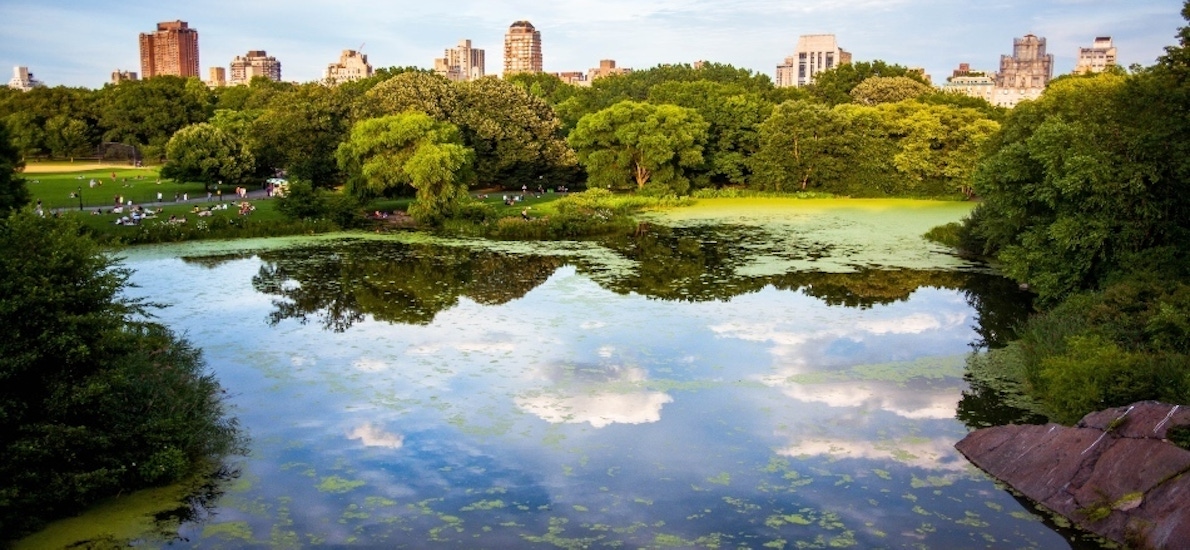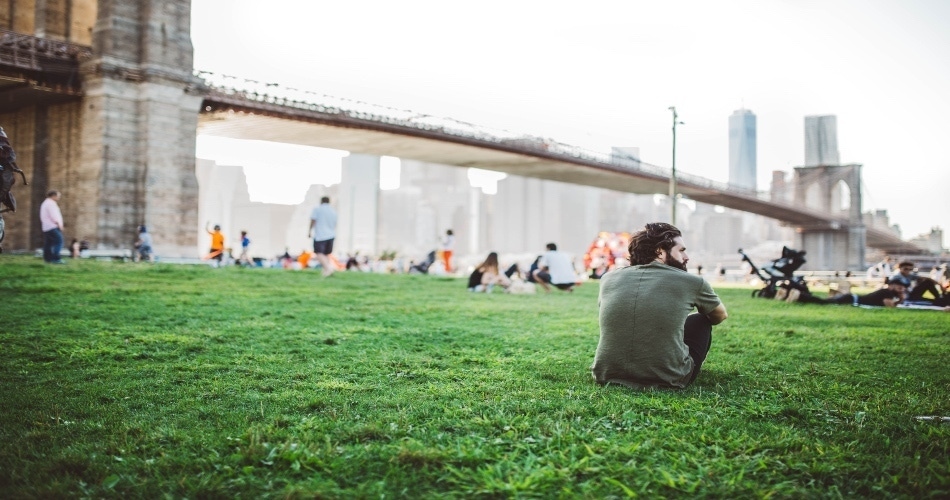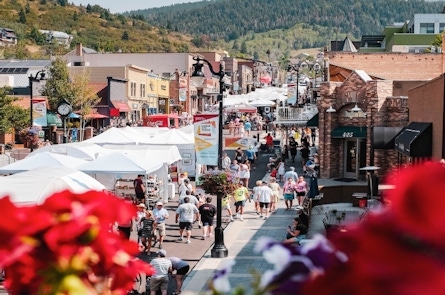Another innovative, successful urban green space project based on community engagement is the Klyde Warren Park in Dallas, Texas. It is a five acre park constructed over an eight lane highway, which gives both bikers and pedestrians an easier connection to downtown. Additionally, it provides a quiet, calm green area directly above the hustle and bustle of the highway below.
In Toronto, the Bentway project transformed space under an expressway, and offers year-round artistic, cultural, and recreational activities. Events even include communal dining and tai chi. This space is kept fresh and exciting for the surrounding community, in part due to its constant engagement with users.
Its CEO, Julian Sleath, was recently featured on an episode of our Transforming Cities podcast, which you can find here.
It’s imperative that the creation of these innovative green spaces continues. Available open space in cities dwindle as the population rises, which means projects on abandoned railways, highways, and in other underutilized infrastructure are becoming better options than traditional parks. As urban areas continue to densify, these green space projects that break the mold of classic parks and spaces are crucial in providing green, open space for all residents.






